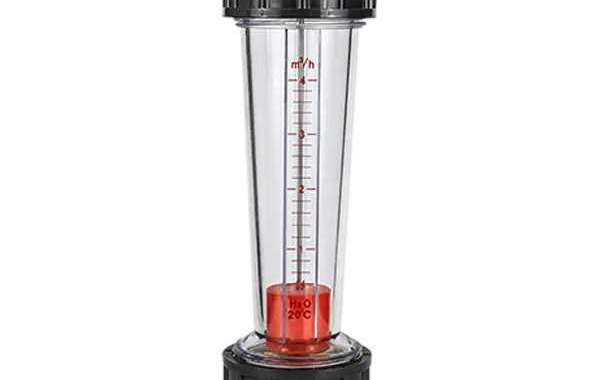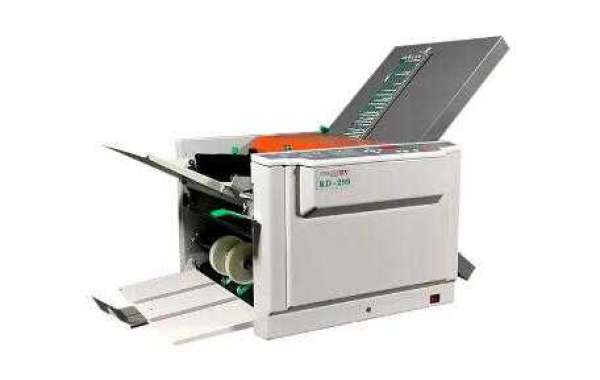Accuracy of Water Rotameter
After correct calibration, the Water Rotameter can reach an accuracy of 0.50% AR in the 4:1 range, while the inaccuracy of the industrial rotameter is usually 1-2% FS in the 10:1 range. The error of the purge and bypass rotameter is within 5%.
It is also possible to manually set the flow through the rotameter by adjusting the opening of the rotor while observing the scale to establish the required process flow. Only in the case of the same operating conditions, the rotameter can repeat within 0.25% of the actual flow rate.
Most rotameters are not affected by changes in viscosity. The most sensitive ones are very small rotameters with ball floats, while larger rotameters are less sensitive to viscosity effects. The limitations of each design are announced by the manufacturer (Figure 2-18). The viscosity limit is affected by the shape of the float. If the viscosity limit is exceeded, the indicated flow must be corrected for viscosity.
The rotameter can be designed to have two floats (one float is sensitive to density and the other float is sensitive to speed) in order to approximate the mass flow rate caused by its sensitivity to changes.
The closer the density of the float is to the density of the fluid, the greater the influence of fluid density changes on the position of the float. Mass flow rotameters are most suitable for low-viscosity fluids such as raw sugar juice, gasoline, jet fuel, and light hydrocarbons.
The upstream piping configuration will not affect the accuracy of the rotameter. The meter can also be installed directly behind the elbow without adversely affecting the measurement accuracy. The Acrylic Flow Meter is inherently self-cleaning because when the fluid flows between the pipe wall and the float, it will have a scouring effect, which tends to prevent the accumulation of foreign matter.
However, it is best to use rotameters for clean fluids that do not cover floats or tubes. Also avoid using liquids with fibrous materials, abrasives, and large particles.







